Energy experts at Mypower explain how “generating your own energy is the future. By 2025 the Government are planning to close all coal power stations.” It is, therefore, time to enter a new era of renewable energy and solar energy farms could be the answer
Humans consume 221 tonnes of coal, 1,066 barrels of oil, and 93,000 metric cubes of natural gas every second. The greenhouse gas emissions released through the burning of these fossil fuels is having a disastrous effect on our planet. Scientists warn that we will face catastrophic and irreversible environmental consequences if we don’t take steps now to stop global warming.
Renewables are now the second biggest source of electricity in the UK, and provide about a third of the country’s power at certain times of the day. According to The International Energy Agency, solar power was the fastest-growing source of new energy worldwide last year, overtaking the growth in all other forms of power generation for the first time.
Solar energy can be simply defined as energy sourced from the sun. The sun radiated incredible amounts of energy and thanks to technology, we can capture this abundant source of energy and utilise it to power our homes, businesses, vehicles and much more.
Experts believe that new solar technology has the potential to meet global demand and replace conventional fossil fuels. This is due to the immense amount of energy potential that the sun can provide versus any other renewable resource such as wind or geothermal. The solar industry has seen rapid growth over the past decade, and a major contributing factor has been the surge in solar farms being developed all across the globe.
What is a solar energy farm?
Solar energy farms are large-scale commercial power plants that use photovoltaic solar panels to convert sunlight into clean energy, providing a source of safe, locally produced renewable energy for many years after construction. Large solar farms can be built in just a few months – compared to several years for a coal plant and even longer for a nuclear plant – without generating potentially massive environmental and health issues. The land used for solar farms creates a place where nature and wildlife can flourish, as the ground beneath the solar panels can be used to graze animals or grow crops.
Where can they be located?
Solar farms cover large areas of land and so they are usually developed in rural areas. All solar farms need to be approved by the local authority and go through rigorous planning procedures before being constructed. Planning includes consideration of the suitability of the site, renewable energy targets, and any impact on the local area.
How much energy can they generate?
The UK is not known for its sunny climate and so it may not seem like an obvious country to generate energy from the sun. However, solar power generation only requires some level of daylight, meaning Britain can still harness solar power on overcast and rainy days.
Park insurance explain how: “Approximately 25 acres of land is required for every 5 megawatts of installation. Based on the average annual energy consumption of a household, for every 5MW installed, a solar farm will power approximately 1,500 homes for a year.”
How efficient are large scale solar farms?
Solar panel efficiency is a solar panel’s ability to convert sunlight into electricity. A more efficient panel will produce more electricity than a less efficient panel. The most efficient solar panels on the market today have efficiency ratings as high as 22.2%, whereas the majority of panels range from 15% to 17% efficiency rating.
Large solar farms tend to use the most efficient solar panels on the market, meaning that they make the most of all available sunlight. Chapel Lane solar farm in Dorset is the largest in the UK and is now meeting the electricity needs of 60,000 homes in Bournemouth on a Summer’s day.
Final thought
With the current environmental decline, we now have to look towards renewable sources for our energy needs. Fossils fuels have no place in any long-term sustainable energy solution for our planet. Energy is the most important resource for humanity and the sun is the planet’s most widely distributed and plentiful renewable energy source.
The solar industry has seen massive growth over the past few years, largely due to an increase in solar farms that have the capacity to supply large quantities of clean renewable energy.

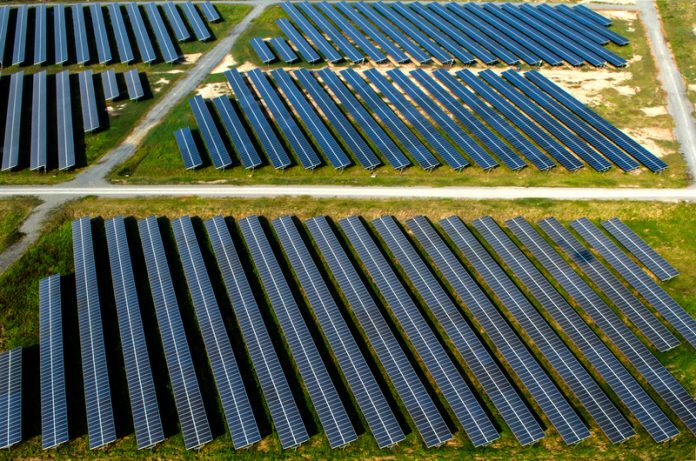

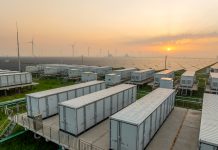
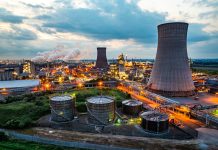

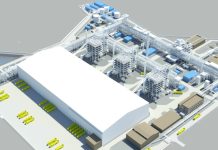
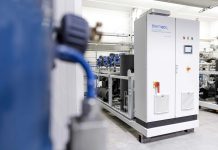




‘The land used for solar farms creates a place where nature and wildlife can flourish, as the ground beneath the solar panels can be used to graze animals or grow crops.’
Firstly cannot see how you could harvest crops underneath a panel apart from the fact that the panels will prevent light getting to the ground. Animals grazing? What about methane release? Don’t forget that where the panels are placed was formerly covered with grass, a much more efficient converter of solar power than any man-made panel. The grass is actually removing CO2 – have you factored that into your calculations? Finally is our verdant countryside to be covered with shiny mirrors? Is that really the sort of earth we want anyway?
I agree with Mike . Trees will absorb up to 5 times more co2 than solar panels save when compared to gas generation. So environmentally solar farms are very bad for the environment. However, 95% of roofs do not currently have panels. I suggest all new build houses, offices, warehouses etc include solar integrated into roof. Looks much better, saves lots of roof tiles and is much easier to maintain.
The price would drop even further if all architects and roofers etc have to include integrated. Suggest also include battery storage. All of this will pay for its self in under 15 years so we can do this today at no cost to anyone….
Although I am hugely in favour of solar generation. I do not share the enthusiasm for solar farms in UK.
I see a virtually all new housing being built with no PV and as a constructiin project manager am personally involved in commercial development where planning requires no PV to be installed.
There are massive wasted opportunities.